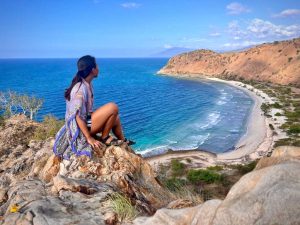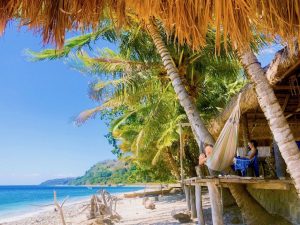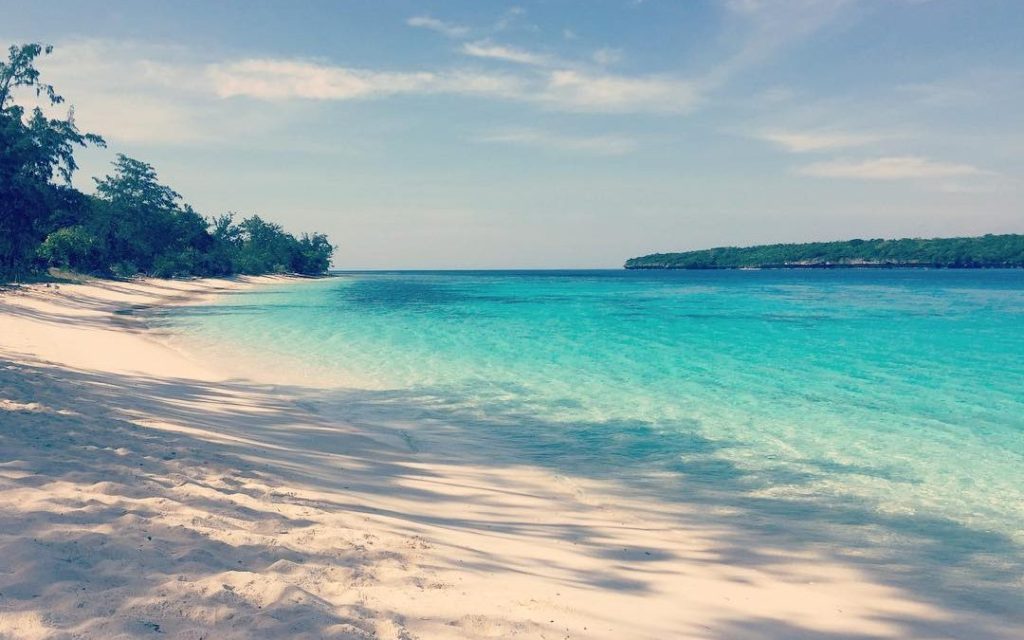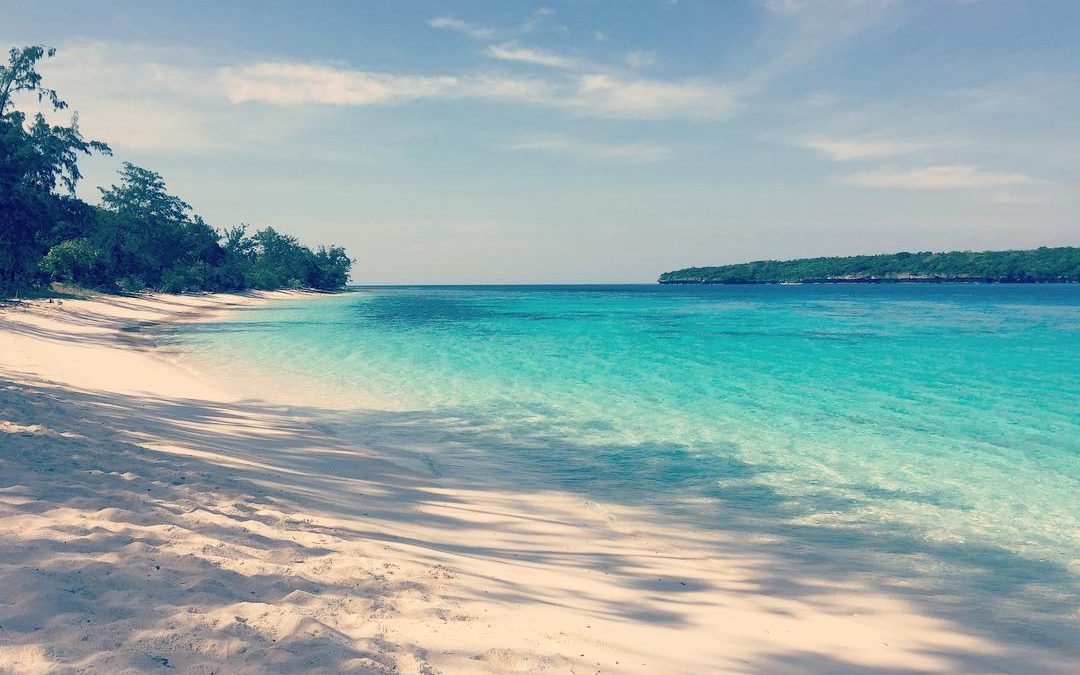EAST TIMOR TOURISM

East Timor, also known as Timor-Leste, is a country in Southeast Asia that’s relatively lesser-known but holds incredible natural beauty and cultural richness. While it’s not a mainstream tourist destination compared to some other countries in the region, it has a lot to offer for adventurous travelers seeking off-the-beaten-path experiences.
Here are some highlights and things to do in East Timor for tourists:
Natural Beauty:
Atauro Island:

Atauro Island is a gem off the coast of East Timor, renowned for its natural beauty, biodiversity, and pristine beaches. Here’s what makes it special:
Scenic Beauty:
- Untouched Beaches: Atauro boasts stunning, unspoiled beaches with crystal-clear waters perfect for swimming, snorkeling, and diving.
- Coral Reefs: The island is surrounded by some of the most biodiverse coral reefs in the world, making it a paradise for underwater enthusiasts.
- Diverse Landscapes: From rugged coastlines to lush forests and rolling hills, Atauro offers diverse landscapes for exploration.
Marine Life: - Diving and Snorkeling: The coral reefs teem with colorful fish, sea turtles, and other marine life, providing exceptional diving and snorkeling experiences.
- Whale and Dolphin Watching: At certain times of the year, visitors can witness pods of dolphins and even spot whales passing through the waters surrounding the island.
Local Culture: - Traditional Villages: Experience the local Timorese way of life by visiting traditional villages and interacting with the friendly locals.
- Cultural Activities: Engage in cultural activities such as witnessing traditional dance performances or learning about local crafts and customs.
Eco-Tourism Initiatives: - Conservation Efforts: Atauro Island is known for its commitment to sustainable tourism and marine conservation initiatives.
- Community Involvement: Many tourism activities on the island are designed to involve and benefit local communities, supporting their livelihoods.
Getting There:
• Boat from Dili: Visitors can take a ferry or charter a boat from Dili to Atauro Island. The journey offers scenic views of the Timor Sea.
Tips:
• Accommodations: While there are accommodations available, they might be limited, so it’s advisable to book in advance.
• Supplies: Bring necessities like sunscreen, mosquito repellent, and other essentials, as shops might have limited supplies on the island.
• Respect Nature: As an eco-friendly destination, visitors are encouraged to respect and preserve the island’s natural environment.
Atauro Island’s untouched beauty, rich marine life, and commitment to sustainability make it a haven for nature lovers and those seeking an authentic and environmentally conscious travel experience in East Timor.
Tais Market in Dili:
The Tais Market in Dili, the capital of East Timor (Timor-Leste), is a vibrant and culturally rich marketplace where locals and visitors alike can immerse themselves in the traditional heritage of the country. Here’s what you can expect at the Tais Market:
- Tais Fabric:
- Traditional Handwoven Textiles: Tais refers to the traditional handwoven cloths of East Timor, often brightly colored and intricately patterned.
- Cultural Significance: Tais holds deep cultural significance in Timorese society and is used for various purposes, from clothing to ceremonial gifts.
- Market Atmosphere:
- Bustling Environment: The market is a lively place with stalls selling an array of goods, including Tais fabrics, local crafts, fresh produce, spices, and souvenirs.
- Local Interaction: It’s an excellent opportunity to interact with locals, learn about their craftsmanship, and possibly witness the weaving process.
- Shopping and Experience:
- Souvenirs: Visitors can purchase Tais fabric, often available in various designs and sizes, as a meaningful souvenir of their time in East Timor.
- Cultural Immersion: Engage with vendors, learn about the significance of different patterns and motifs on the Tais, and gain insights into Timorese culture.
- Tips:
- Bargaining: While bargaining might be acceptable in some cases, it’s essential to do so respectfully, considering the cultural value of the items.
- Respectful Behavior: As with any cultural site, being respectful and considerate towards vendors and their goods is appreciated.
- The Tais Market in Dili serves not only as a marketplace but also as a cultural hub where visitors can appreciate the artistry of Timorese craftsmanship, delve into local traditions, and take home a piece of East Timor’s rich heritage in the form of these beautifully woven textiles
A great place to experience local culture, buy traditional handwoven textiles (Tais), and interact with locals.
Jacó Island:

Jacó Island, also known as Ilha de Jacó, is a small uninhabited island off the eastern coast of Timor-Leste (East Timor). It’s renowned for its pristine natural beauty, stunning beaches, and clear waters. Here’s what makes Jacó Island special:
Unspoiled Beauty:
White Sandy Beaches: Jacó Island boasts picturesque, untouched beaches with powdery white sand and crystal-clear waters.
Snorkeling and Diving: The surrounding coral reefs make it an excellent spot for snorkeling and diving, allowing visitors to explore the diverse marine life.
Tranquility and Seclusion:
Remote Location: As it’s uninhabited, the island offers a secluded and peaceful atmosphere, perfect for relaxation and solitude.
Serenity: Visitors often appreciate the quietness and untouched nature of Jacó Island, making it a serene getaway.
Environmental Conservation:
Protected Area: Jacó Island is part of the Nino Konis Santana National Park, contributing to its preservation and environmental conservation efforts.
Biodiversity: The island is home to various bird species and marine life, adding to its ecological importance.
Practical Considerations:
Access: Access to Jacó Island is typically by boat from nearby coastal towns or cities in Timor-Leste, such as Tutuala.
Tour Arrangements: Visitors might need to arrange boat trips or tours in advance, as services to the island might not be available daily.
Facilities: Given its remote and uninhabited nature, there might be limited or no facilities on the island, so visitors should plan accordingly with supplies and necessities.
Jacó Island appeals to travelers seeking unspoiled natural beauty, tranquility, and a chance to experience a pristine island getaway away from more touristy areas. Its remote location and stunning environment make it an attractive destination for nature lovers and those looking for an off-the-beaten-path adventure in Timor-Leste.

